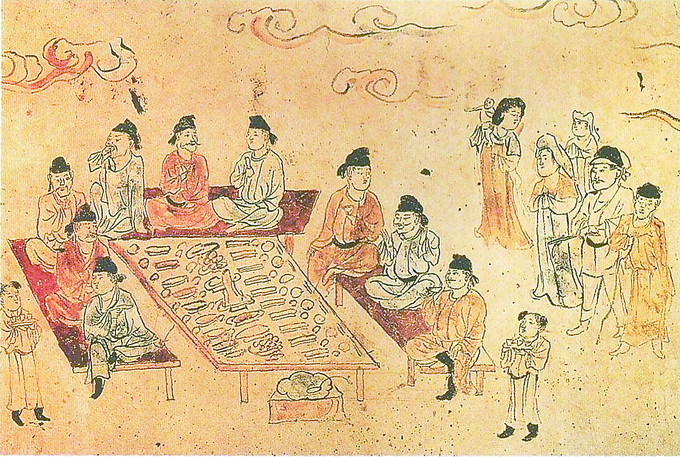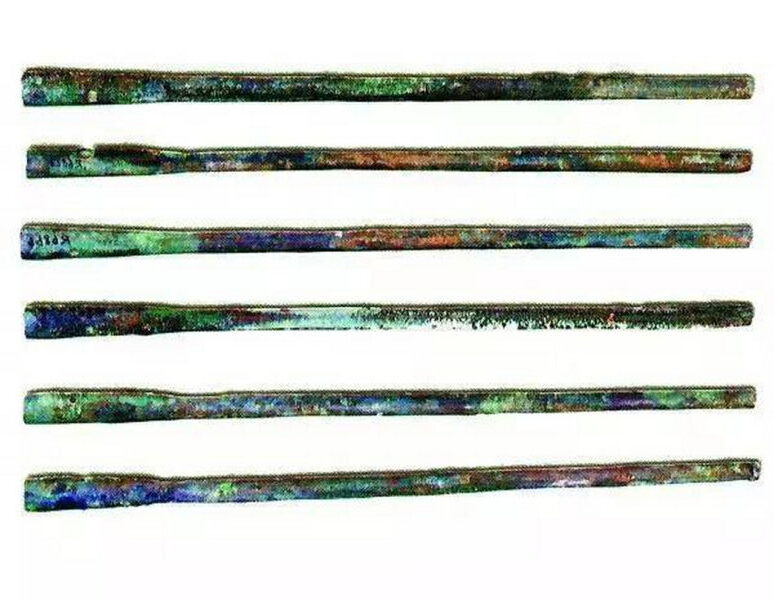History of chopsticks
Chinese chopsticks, known as “kuaizi” in Mandarin, are not merely eating utensils; they are a profound symbol of Chinese culture, history, and values, with a heritage spanning over 3,000 years.
The origins of chopsticks can be traced back to the Shang Dynasty (1600–1046 BC). Initially, they were likely used for cooking, stirring the fire, and retrieving food from boiling pots. As time progressed, their function shifted to dining utensils. By the Han Dynasty (202 BC – 220 AD), chopsticks had become the primary eating tools for the Chinese people. During the Tang Dynasty, with China’s increasing influence and cultural exchanges, chopsticks spread to neighboring countries like Japan, Korea, and Vietnam, each developing their own unique styles based on the Chinese model.


Meanings
In Chinese culture, chopsticks carry rich symbolic meanings. Their shape—long, slender, and rectangular at the ends—represents the harmony between heaven (round ends symbolizing the heavens) and earth (square ends representing the earth), reflecting the ancient Chinese philosophy of “Tian Yuan Di Fang” (round sky, square earth). Chopsticks also signify good wishes. For example, during Chinese New Year, giving a pair of chopsticks as a gift implies blessings for prosperity and a happy life, as “double” is considered auspicious in Chinese culture, representing harmony and completeness. Moreover, in weddings, chopsticks are used to symbolize the hope that the newlyweds will have many children, as the word for “chopsticks” in Chinese, “kuaizi,” sounds similar to phrases related to having offspring quickly.
Twelve “Don’ts” – Chopstick Etiquette
1. Uneven Lengths: Chopsticks should be neatly arranged.
Explanation: Uneven chopsticks are reminiscent of coffins, symbolizing bad luck and are thus considered inauspicious.
2. Pointing Finger: Don’t point at others with your index finger while using chopsticks.
Explanation: Pointing at others with the index finger is regarded as impolite and offensive, similar to scolding or accusing someone.
3. Slurping Chopsticks: Avoid making noise by sucking on chopsticks.
Explanation: Making noise with chopsticks is seen as a sign of poor upbringing and lack of table manners in Chinese culture.
4. Tapping Bowls and Dishes: Do not tap bowls and dishes with chopsticks.
Explanation: This behavior is associated with beggars, who used to tap their bowls to attract attention for alms, so it’s considered inappropriate in regular dining settings.
5. Patrolling with Chopsticks: Refrain from moving chopsticks back and forth over the table in search of food.
Explanation: It gives an impression of being greedy and overly picky, which is not in line with the traditional values of being modest and self – restrained at the dining table.
6. Digging with Chopsticks: Don’t rummage through food with chopsticks as if digging a grave.
Explanation: This action resembles the act of digging a grave, which is an ominous and disrespectful gesture, and shows a lack of consideration for others sharing the meal.
7. Dripping Chopsticks: Prevent soup from dripping onto other dishes.
Explanation: Dripping soup onto other dishes not only spoils the appearance and taste of those dishes but also shows carelessness and a lack of attention to others’ dining experience.
8. Upside – Down Use: Don’t use chopsticks upside – down.
Explanation: Using chopsticks upside – down is considered unrefined and inappropriate, as it goes against the proper and respectful way of using this utensil.
9. Spear – like Stabbing: Don’t spear food with a single chopstick.
Explanation: Stabbing food with a single chopstick is a rude and inelegant way of eating, and it can also be associated with improper or disrespectful behavior at the table.
10. Incense – like Insertion: Avoid sticking chopsticks upright in a bowl of rice.
Explanation: This gesture resembles the way incense is inserted in funerary practices, symbolizing death and bad omens, so it’s highly inappropriate in normal dining.
11. Cross – Placing: Don’t place chopsticks in a cross on the table.
Explanation: In Chinese culture, a cross – shaped arrangement of chopsticks is considered inauspicious and can be associated with negative connotations, thus it should be avoided.
12. Dropping Chopsticks: Prevent chopsticks from falling to the ground.
Explanation: Dropping chopsticks is believed to startle the spirits of ancestors or bring bad luck, and it also shows clumsiness and lack of proper handling of dining utensils.
